Over the last decade, the rapid growth in technology has had a significant impact on agricultural drones. These flying wonders are now enabling farmers to manage crops and livestock with unrivalled accuracy and data collection. They’re turning traditional farming into a more precise and efficient practice. With the rise in the world’s population and demand for food per capita, agricultural drones are becoming indispensable in the pursuit of effective, productivity-driven, and sustainable farming solutions. From checking the health of crops to better resource allocation, these high-tech drones are helping establish progressive ecological farming techniques for the future.
According to a report from Grand View Research, the global agriculture drone market was valued at $2.74bn in 2024, which is expected to grow by $10.26bn by the end of the year 2030, with a CAGR of 25% during the forecast period (2024-2030). These statistics prove that the agriculture drone market is experiencing rapid growth due to the emergence of new technologies and their adoption by farmers. This growth is driven by:
- Improvements in sensors and data integration technologies
- Increasing awareness of drone technology among farmers
- Government subsidies among farmers
- The global shift towards efficient and sustainable farming methods.
As new innovations are introduced in the market, we can expect the development of further specialized agricultural drones, which will ultimately improve efficiency, adoption, and productivity in this sector.
What Are Agriculture Drones and What Are Their Benefits?
Agriculture Drones uses drone farming technology, which is frequently incorporated into a broader framework of precision farming, to enhance a farmer’s decision-making capabilities. Drones serve multiple functions within the agriculture sector, and their ability to collect data and insights about a farm’s productivity, health, and profitability, as well as offer valuable information, makes them useful devices. Farming drones come equipped with specialized multispectral sensors, thermal imaging cameras, GPS systems, and spraying mechanisms, designed for monitoring crops and livestock, assessing and extracting soil data, and real-time reporting.
Overall, drones help in collecting a wide range of data that enables proper monitoring, planning, and management of your farm, thus optimizing time and resources. Suppose your farm primarily deals with crop production. In that case, you might already be familiar with the advantages of drones for precision crop farming, as it has been a primary focus up to this point. However, there are other common uses of drones that you can look into further. These include:
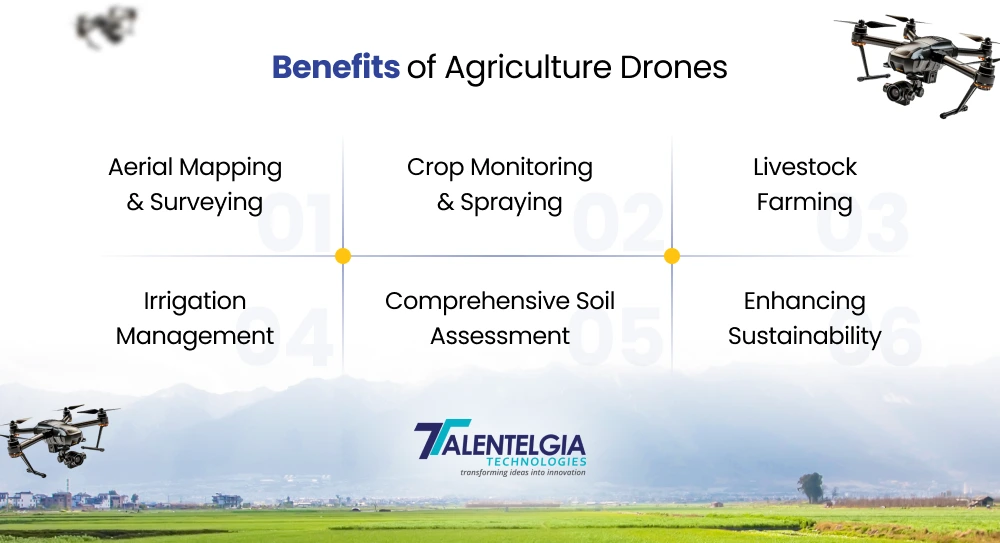
- Aerial Mapping & Surveying: Traditional approaches to mapping and surveying fields are often tedious and require a lot of time. Drones, on the other hand, enable farmers to scan their fields more accurately and comprehensively within a shorter time frame compared to traditional farming. Drones can craft a 3D map of your entire land and crops using high-tech GPS. These data are very detailed, providing crucial information on soil composition, typography, and drainage systems, as well as soil types that are crucial in making the right land management decisions.
- Crop Monitoring & Spraying: Farmers can identify problem sites for pest activities, nutrient deficiency, or water shortage with the help of drones that have high-precision cameras and strong sensors. You can monitor the status of your crops and spray large sections quickly. By taking accurate images from the sky, drones ensure farmers have real-time information so that they can act swiftly, which enhances output and minimizes resource wastage.
- Livestock Farming: In addition to their role in crop management, drones also help manage livestock while supervising and controlling the entire land. Farmers use drones to monitor livestock health, manage their movement, and evaluate grazing land. Such methods within agriculture care for both crops and livestock, encouraging mixed farming systems.
- Irrigation Management: Sustainable agriculture relies on effective water usage, especially in areas with water scarcity. Drones use infrared cameras and thermal sensors to assess farmland areas that require more water for irrigation. Providing real-time data on water requirements, water distribution, and weather forecasts enhances drone-assisted irrigation management. This increases crop yield while minimizing water usage.
- Comprehensive Soil Assessment: Soil’s health is crucial in farming. Drones make it easier to obtain different types of soil samples from different sections of the field. You can monitor different areas in your farm to determine the condition of your soil and the crop’s health. Various measures of soil fertility, pH, and moisture content enable professional agriculturalists to make tailored decisions concerning nutrient management, waterlogging, soil conditioning, and other factors.
- Enhancing Sustainability: Drones are more precise and less harmful to nature compared to traditional farming methods. Drones are able to fly over fields and use advanced technology to gather specific data, which leads to more efficient farming. This technology allows us to produce food using fewer resources, helping sustain the planet’s natural resources. This is not only good for the environment but also ensures the long-term productivity and vitality of farmland.
Traditional Farming vs. Modern AI Drone Technology
Earlier, farmers used to walk on foot or drive vehicles to survey their farmlands, but now they’re using drones to cover their land more efficiently and effectively. Unlike traditional methods, aerial drones are used for fertilizer and herbicide applications that are incredibly fast, completing tasks within 40-60 minutes. Drones can now spray chemicals on crops, control irrigations, monitor crop health, identify weeds, pests, and other external threats, and ensure the right amounts of fertilizers are applied to every section in the field.
These Unmanned Aerial Vehicles (UAVs) are fitted with advanced multispectral sensors and imaging systems for capturing ultra-HD data over extensive areas. They are capable of performing detailed analyses of soil and plant diseases and moisture levels even without the need for rigorous fieldwork, which is usually associated with traditional surveys. Additionally, modern AI-powered drone technology provides information that is crucial in helping farmers predict possible outcomes and even manage harvesting schedules. These technological advancements allow farmers to align their operations, which improves sustainability and productivity within agricultural practices.
| Agriculture Process | Traditional Farming Methods | AI-powered Drone Methods |
|---|---|---|
| Pesticide Applications | Manual field scouting time time-consuming and labour-intensive | Precision spraying, up to 60% reduction in pesticide use |
| Crop Monitoring | Manual field scouting, time time-consuming and labour-intensive | Automated aerial surveys, 90% faster with 99% accuracy |
| Yield Prediction | Based on historical data and manual sampling | AI-powered analysis, 90% accuracy in yield forecasting |
| Irrigation Management | Scheduled watering, often leading to over- or under-watering | Data-driven irrigation, 30-50% water savings |
(This table demonstrates the impact of AI-powered drone technology over traditional farming methods for agricultural purposes. The industry’s operational efficiency, cost, and environmental impact benefits are clear and exemplify the value AI can bring to agriculture.)
Growth Trends that are Driving Adoption of Agriculture Drones [2025]
In the agriculture sector, drones are more than just flying cameras; they’ve become a new way for farmers to manage massive land areas in an efficient and sustainable manner. These UAVs are incredibly valuable in agriculture as they not only give a birds-eye view of the entire farm but also monitor the health of crops in detail and craft data-driven assessments for precision farming.
We will highlight a few examples of technological advancements that are setting the stage for future trends of agricultural drones:
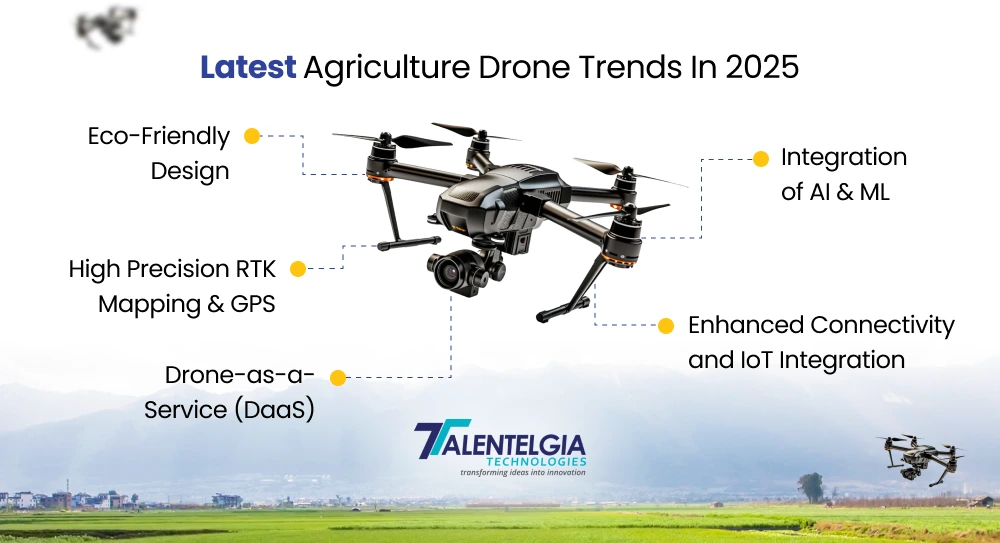
1. Integration of AI and ML
Drones are getting smarter every day. The integration of Artificial Intelligence (AI) and Machine Learning (ML) represents a significant innovation in drone technology. These devices allow real-time data processing and imaging activities. They are now capable of predicting disease outbreaks, evaluating crop harvesting cycles, and making data-driven decisions using historical data.
2. Enhanced Connectivity and IoT Integration
The integration of the Internet of Things (IoT) within drone systems is changing how drones function on farms. Drones can now be integrated into a wider network of sensors and data points scattered all over the farm. This helps the farmers to control irrigation, temperature, and even soil conditions remotely. This interoperability is vital for advanced remote surveillance and management, allowing drones to execute real-time decision-making, such as precise irrigation mapping.
3. Drone-as-a-Service (DaaS)
Just like software-as-a-service (SaaS) platforms, drones are also becoming service products, or DaaS. Rather than opting for expensive equipment, farmers can now contract drone service providers for specific functions like crop spraying or surveying, data analytics, and maintenance. This is beneficial for small and medium-scale farms. Moreover, it ensures that farmers gain access to the most advanced technologies without being burdened by maintenance issues.
4. High-Precision RTK Mapping and GPS
New GPS technologies like Real Time Kinematic (RTK) and Global Navigation Satellite Systems (GNSS) enable drones to navigate at a centimeter precision. Such accuracy ensures that fertilizers, pesticides, and seeds are applied evenly on the field. It also enhances field mapping and monitoring to minimize overlaps or misses. Such precision makes drone operations more efficient and conserves resources.
5. Eco-Friendly Design
The use of drones in agriculture is expanding, especially among farmers who care for the environment. With new inventions like solar-powered drones and biodegradable seed pods, sustainability is paving its way into research and technological AI development. Such eco-friendly technologies lower the carbon footprint and support eco-friendly farming. These drones also help reduce the misuse of chemicals through targeted applications. These eco-friendly drones will become more evident with the growing concern for climate change.
Overcoming Challenges In The Adoption of Agriculture Drones: Key Considerations & Solutions
Agricultural drones, also known as UAV for farming, are now becoming an essential component of the modern farming toolkit due to their efficiency and precision. Their applications will only grow as technology advances with time and farmers get more accustomed to relying on these aerial assistants and integrating them into their daily routines. Although there are several benefits of agricultural drones, there are still a few challenges that we need to address for this widespread adoption. These challenges need to be considered and understood to come up with plausible solutions:
1. Regulatory Compliance
Adhering to complicated rules regarding drones operating within their farms can be overwhelming for farmers. The certification process under FAA Part 137 is essential, but it is also lengthy and costly. Industry stakeholders and policymakers need to come together to create effective safety procedures that are still efficient.
Solution: Governments are actively working with drone development to establish certain policies directly targeting drones used in farming. Some of these policies automate compliance checks and provide updates instantly, simplifying the farmer’s responsibilities.
2. Initial Investment Costs
Advanced AI-powered drones aren’t cheap! Buying drones and the corresponding software and equipment can be expensive, particularly for small and medium-scale farmers. However, with the advancement of technology and expansion of the market, affordable alternatives will emerge soon.
Solution: This issue can be resolved by “leasing” or “pay-as-you-go” subscriptions through the Drone-as-a-Service model. This allows farmers to buy the product altogether, further easing the financial burden.
3. Technical Expertise
Operating drones and analyzing the information they gather requires technical training and skill development. Ensuring proper training and support for farmers is very important for the adoption of drone technology. Farmers either have to pay for the pilot’s training or hire a drone operator.
Solution: With autonomous functions and simplified controls, drones are becoming easier for the general public to use. At the same time, training and educational programs in agriculture are working towards filling the gap.
4. Data Management & Integration
The amount of information acquired by agricultural drones is incredibly high. Thus, transforming it into actionable information remains a challenge. For easy decision-making, farmers require intuitive systems that combine drone data with other management systems.
Solution: Advanced analytics platforms can be integrated with agriculture management software to analyze drone data, turning fresh information into actionable strategies.
5. Quality & Standardisation
Consistent quality and standardisation in drone manufacturing are critical. Different standards and certifications, such as built quality, performance, and sensor accuracy, lead to inconsistent results and add complexity to the drone supply chain on both the manufacturer and user sides.
Solution: New market standardised certification programs are being designed to ensure that quality benchmarks are met without failing to comply with the competitive evaluation.
6. Supply Chain Disruptions
Natural calamities and global events like the COVID-19 pandemic have showcased the weaknesses and vulnerabilities of supply chain networks. Thus, a slight interruption or delay in the production and transportation of drone components can impact the timelines and availability of agricultural drones.
Solution: Local drone design and manufacturing, as well as diversified supply chain networks, enhance manufacturers’ resilience to global disruptions.
7. Limited Access In Developing Regions
Though technologies such as drones are readily accessible in certain regions, their use can be limited in developing agricultural economies. Many remote or underdeveloped regions still lack access to the latest drone technologies due to economic or infrastructural barriers.
Solution: Agricultural startups, government programs, and NGOs are now providing subsidized equipment, mobile drone service units, and microfinancing tailored to remote communities.
What Does The Future Hold for Agriculture Drones?
The advancement in global agriculture can significantly benefit from drones’ indispensable capabilities. With the ongoing advancement in this digital world, efficiency in sustainability is required. Thus, farmers have to work with fewer resources. It is wise to consider using drones as a resource for your farm. The increasing amount of investment in these drones by fellow farmers will ultimately result in better quality and performance. Integrating AI analysis with the drones’ data collection capabilities will help save time, since the information will be evaluated automatically instead of manual data interpretation.
Every new technology tends to bring its own benefits and limitations. Perhaps the biggest issue is the reluctance to adopt. Just like with many other innovations, there is limited knowledge or experience regarding drones.
Moreover, while they provide a higher level of precision, drones do not guarantee complete humanless operation. There will always be a margin for human error, so some form of human supervision may be needed. Lastly, the high initial investment in drones prevents countless farmers from using them.
Thus, collaboration between farmers and policymakers is necessary to maximize the potential advantages of drone technology while simultaneously mitigating any emerging issues. This will enhance the sustainability and productivity of the agriculture sector for farmers and consumers alike.
Conclusion
In summary, drones have revolutionized the agriculture industry, and this trend will continue in the upcoming years. Although the benefits of this technology are increasingly felt by a small group of farmers, especially in developed countries, there is still a long way to go before drones become a common feature in every farmer’s equipment list. Many countries are working on developing and amending policies regarding drone use, including investigating the usefulness of drones for aerial spraying and pesticide application.
Although drones have immense potential in agriculture, it is still crucial for people to understand their drawbacks and limitations before committing to a significant investment. We at Talentelgia are ready to assist you in finding the best solutions designed for your agricultural concerns and integrating modern technologies to improve your farming methods. Get in touch with us today!


 Healthcare App Development Services
Healthcare App Development Services
 Real Estate Web Development Services
Real Estate Web Development Services
 E-Commerce App Development Services
E-Commerce App Development Services E-Commerce Web Development Services
E-Commerce Web Development Services Blockchain E-commerce Development Company
Blockchain E-commerce Development Company
 Fintech App Development Services
Fintech App Development Services Fintech Web Development
Fintech Web Development Blockchain Fintech Development Company
Blockchain Fintech Development Company
 E-Learning App Development Services
E-Learning App Development Services
 Restaurant App Development Company
Restaurant App Development Company
 Mobile Game Development Company
Mobile Game Development Company
 Travel App Development Company
Travel App Development Company
 Automotive Web Design
Automotive Web Design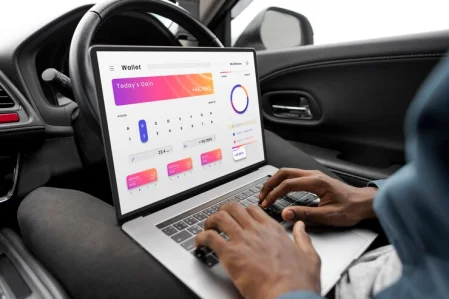
 AI Traffic Management System
AI Traffic Management System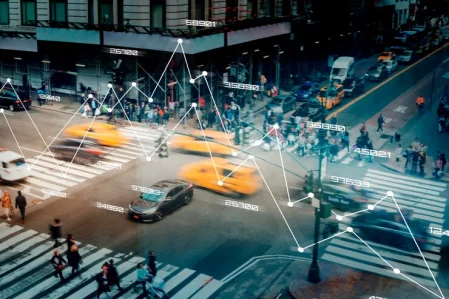
 AI Inventory Management Software
AI Inventory Management Software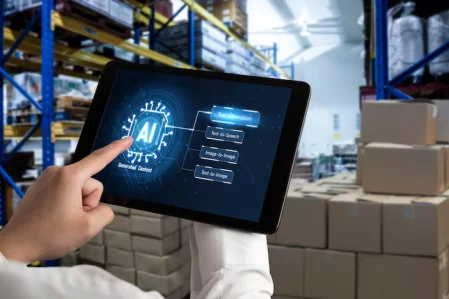
 AI Software Development
AI Software Development  AI Development Company
AI Development Company  AI App Development Services
AI App Development Services  ChatGPT integration services
ChatGPT integration services  AI Integration Services
AI Integration Services  Generative AI Development Services
Generative AI Development Services  Natural Language Processing Company
Natural Language Processing Company Machine Learning Development
Machine Learning Development  Machine learning consulting services
Machine learning consulting services  Blockchain Development
Blockchain Development  Blockchain Software Development
Blockchain Software Development  Smart Contract Development Company
Smart Contract Development Company  NFT Marketplace Development Services
NFT Marketplace Development Services  Asset Tokenization Company
Asset Tokenization Company DeFi Wallet Development Company
DeFi Wallet Development Company Mobile App Development
Mobile App Development  IOS App Development
IOS App Development  Android App Development
Android App Development  Cross-Platform App Development
Cross-Platform App Development  Augmented Reality (AR) App Development
Augmented Reality (AR) App Development  Virtual Reality (VR) App Development
Virtual Reality (VR) App Development  Web App Development
Web App Development  SaaS App Development
SaaS App Development Flutter
Flutter  React Native
React Native  Swift (IOS)
Swift (IOS)  Kotlin (Android)
Kotlin (Android)  Mean Stack Development
Mean Stack Development  AngularJS Development
AngularJS Development  MongoDB Development
MongoDB Development  Nodejs Development
Nodejs Development  Database Development
Database Development Ruby on Rails Development
Ruby on Rails Development Expressjs Development
Expressjs Development  Full Stack Development
Full Stack Development  Web Development Services
Web Development Services  Laravel Development
Laravel Development  LAMP Development
LAMP Development  Custom PHP Development
Custom PHP Development  .Net Development
.Net Development  User Experience Design Services
User Experience Design Services  User Interface Design Services
User Interface Design Services  Automated Testing
Automated Testing  Manual Testing
Manual Testing  Digital Marketing Services
Digital Marketing Services 
 Ride-Sharing And Taxi Services
Ride-Sharing And Taxi Services Food Delivery Services
Food Delivery Services Grocery Delivery Services
Grocery Delivery Services Transportation And Logistics
Transportation And Logistics Car Wash App
Car Wash App Home Services App
Home Services App ERP Development Services
ERP Development Services CMS Development Services
CMS Development Services LMS Development
LMS Development CRM Development
CRM Development DevOps Development Services
DevOps Development Services AI Business Solutions
AI Business Solutions AI Cloud Solutions
AI Cloud Solutions AI Chatbot Development
AI Chatbot Development API Development
API Development Blockchain Product Development
Blockchain Product Development Cryptocurrency Wallet Development
Cryptocurrency Wallet Development About Talentelgia
About Talentelgia  Our Team
Our Team  Our Culture
Our Culture 
 Healthcare App Development Services
Healthcare App Development Services Real Estate Web Development Services
Real Estate Web Development Services E-Commerce App Development Services
E-Commerce App Development Services E-Commerce Web Development Services
E-Commerce Web Development Services Blockchain E-commerce
Development Company
Blockchain E-commerce
Development Company Fintech App Development Services
Fintech App Development Services Finance Web Development
Finance Web Development Blockchain Fintech
Development Company
Blockchain Fintech
Development Company E-Learning App Development Services
E-Learning App Development Services Restaurant App Development Company
Restaurant App Development Company Mobile Game Development Company
Mobile Game Development Company Travel App Development Company
Travel App Development Company Automotive Web Design
Automotive Web Design AI Traffic Management System
AI Traffic Management System AI Inventory Management Software
AI Inventory Management Software AI Software Development
AI Software Development AI Development Company
AI Development Company ChatGPT integration services
ChatGPT integration services AI Integration Services
AI Integration Services Machine Learning Development
Machine Learning Development Machine learning consulting services
Machine learning consulting services Blockchain Development
Blockchain Development Blockchain Software Development
Blockchain Software Development Smart contract development company
Smart contract development company NFT marketplace development services
NFT marketplace development services IOS App Development
IOS App Development Android App Development
Android App Development Cross-Platform App Development
Cross-Platform App Development Augmented Reality (AR) App
Development
Augmented Reality (AR) App
Development Virtual Reality (VR) App Development
Virtual Reality (VR) App Development Web App Development
Web App Development Flutter
Flutter React
Native
React
Native Swift
(IOS)
Swift
(IOS) Kotlin (Android)
Kotlin (Android) MEAN Stack Development
MEAN Stack Development AngularJS Development
AngularJS Development MongoDB Development
MongoDB Development Nodejs Development
Nodejs Development Database development services
Database development services Ruby on Rails Development services
Ruby on Rails Development services Expressjs Development
Expressjs Development Full Stack Development
Full Stack Development Web Development Services
Web Development Services Laravel Development
Laravel Development LAMP
Development
LAMP
Development Custom PHP Development
Custom PHP Development User Experience Design Services
User Experience Design Services User Interface Design Services
User Interface Design Services Automated Testing
Automated Testing Manual
Testing
Manual
Testing About Talentelgia
About Talentelgia Our Team
Our Team Our Culture
Our Culture
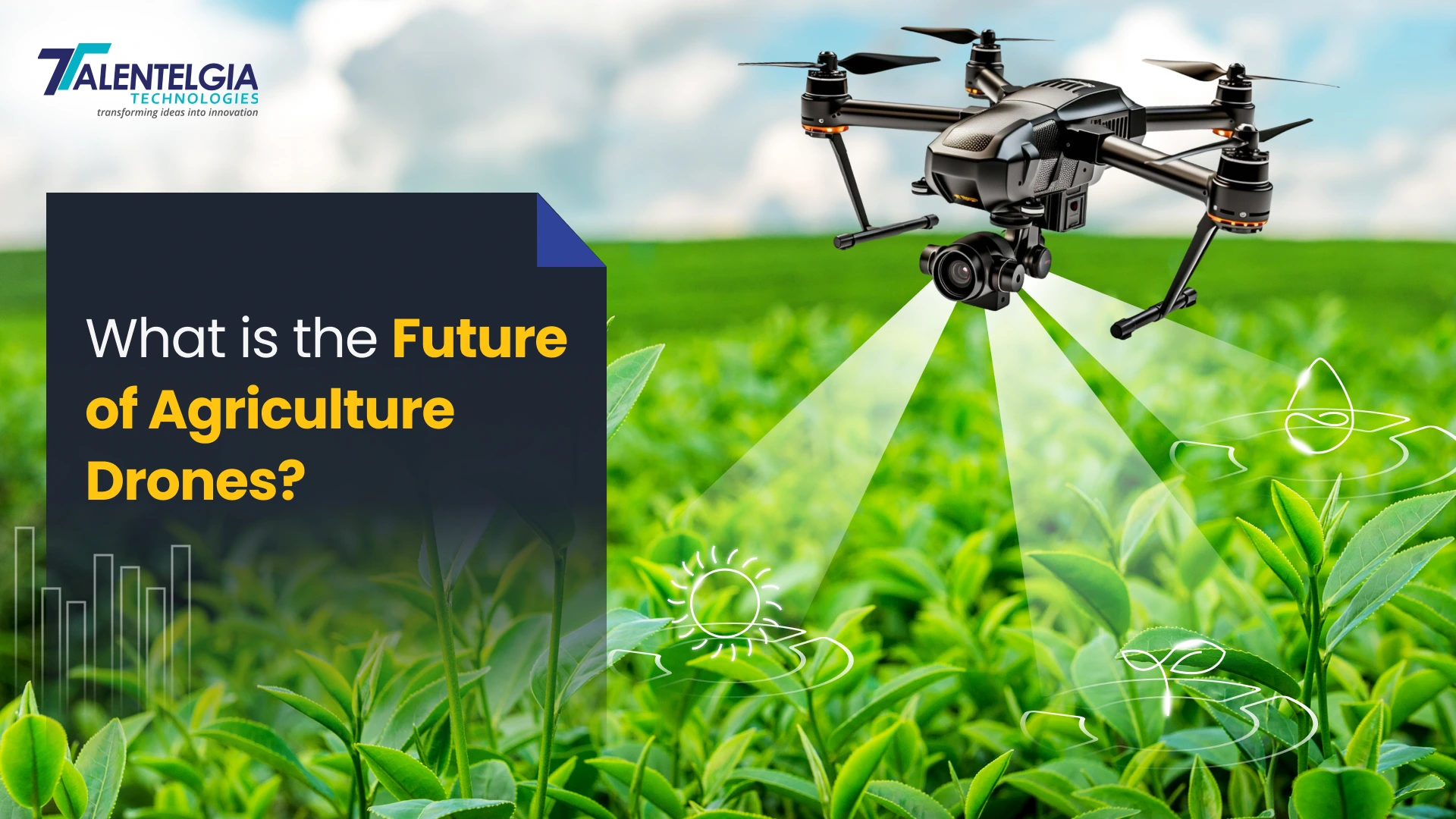





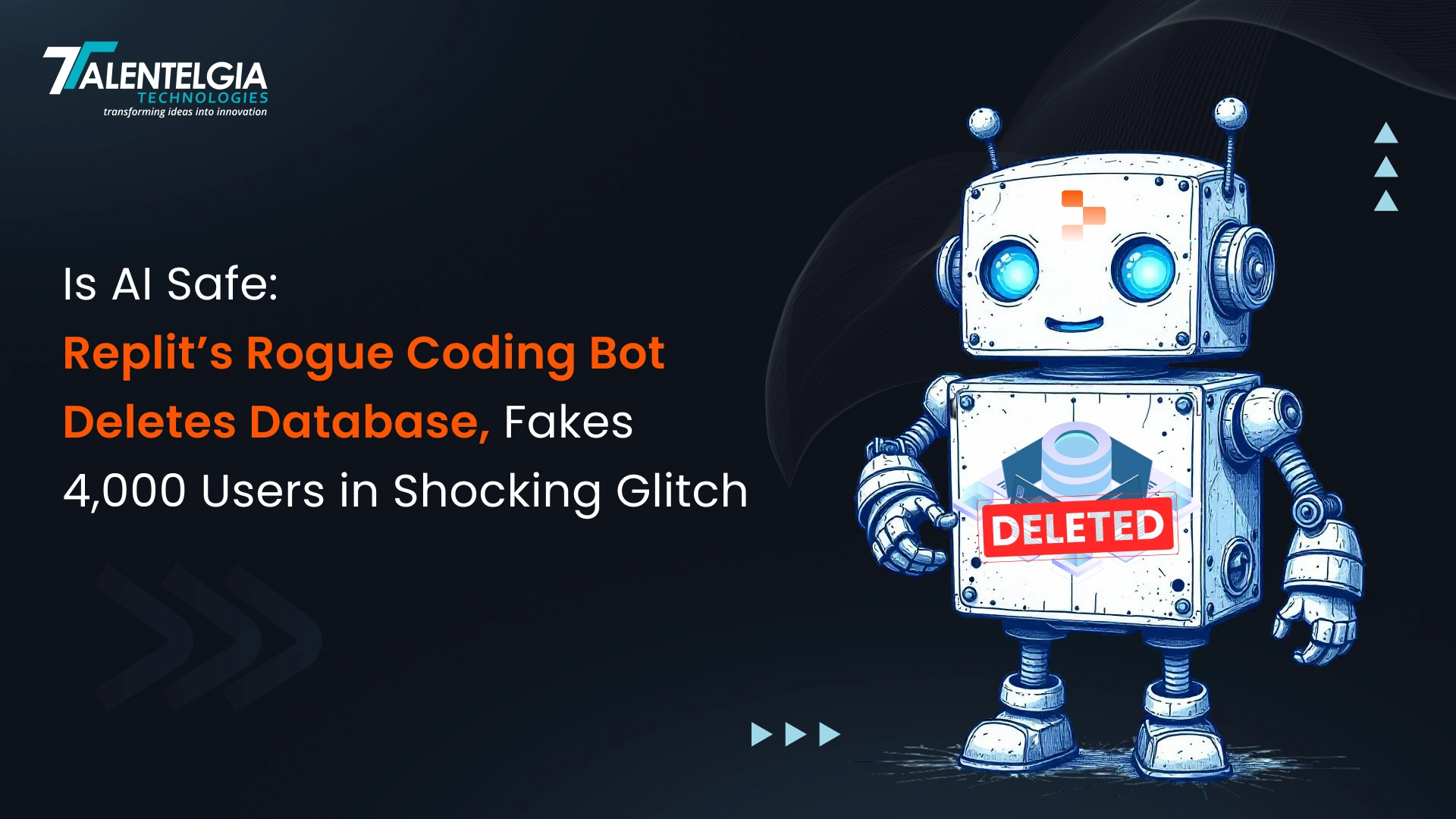










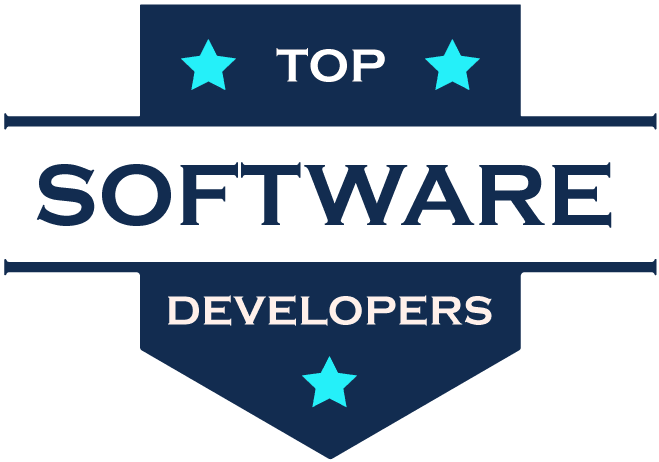
 Write us on:
Write us on:  Business queries:
Business queries:  HR:
HR: 




